Orchid Care Guide
Why are orchid plants so popular and what makes them so special? Not only are orchids elegantly beautiful and a perfect addition to any indoor or outdoor space, but they are also one of the largest plant families.
This is because orchids can be found nearly all over the world, indoors, in people’s gardens, or even in the jungle. Another reason why orchids are so special is their uniqueness. You will never find two orchids that look exactly the same and there are no other species of flower that looks like an orchid.
Orchids are also famously known for being so easy to care for. If your orchids have exposure to a moderate amount of light with regular weekly watering and a water-soluble fertiliser, they will last a long time.
The average orchid bloom usually lasts for six weeks, making them the perfect flower for those looking for minimal effort. Keep reading to discover some different varieties of orchids and learn some simple ways to prolong their lifespan.
How to Care for the Different Types of Orchid Plants
While orchids are one of the largest plant families, there are lots of different types of orchid plants, making them exceptionally unique. There are approximately 25,000 species of orchids in the world, but we have narrowed down to seven we think you’ll love.
Phalaenopsis (moth orchids)
Phalaenopsis, more commonly referred to as moth orchids, can be found in commercial settings like garden centres and supermarkets. Not only are they easily accessible to the average consumer, but they exist in a variety of colours and are also very easy to grow.
Plant your moth orchids in a special bark instead of compost in a space that has bright, moderate light. For best results, moth orchids should be grown in a humid space like a bathroom or a humid kitchen.
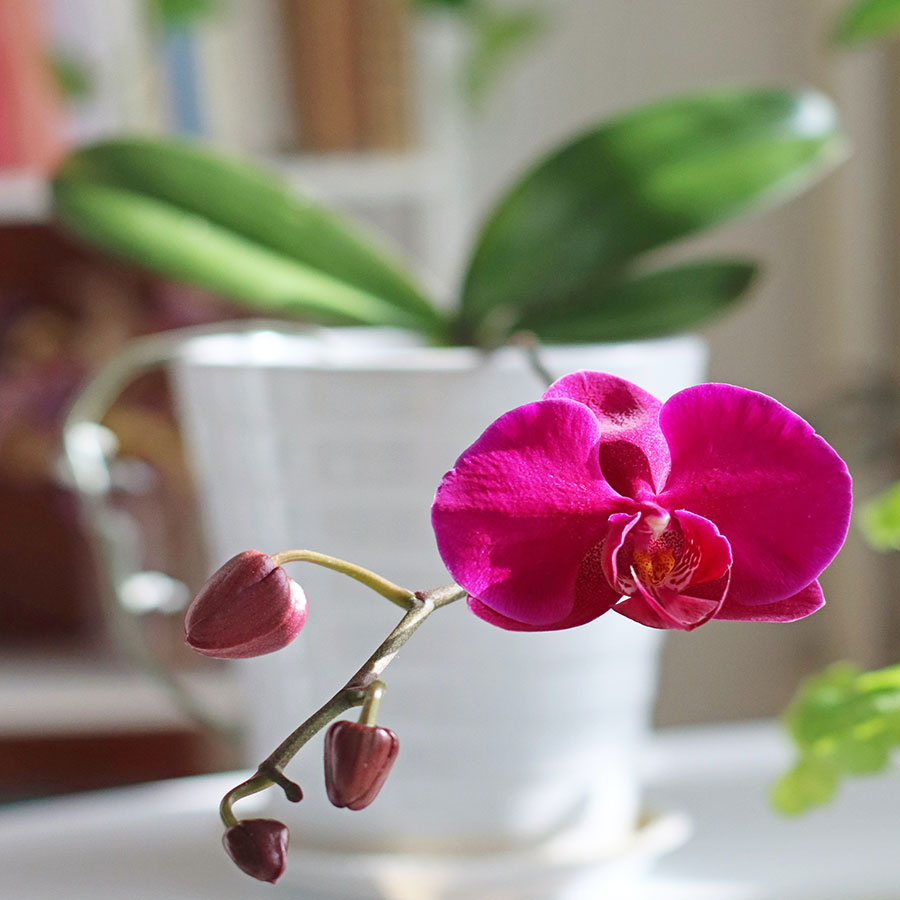
Brassavola Orchids
Brassavola orchids have white, greenish flowers with small petals. These orchids have a strong fragrance, especially in the evening as this is when they release their scent. These orchids rely on moths for pollination, which is indicated by their white colour.
If you are growing brassavola orchids indoors, keep them in a room with bright lighting. If you are growing these orchids outdoors, ensure that they are kept in the shade, but that they still have access to light.
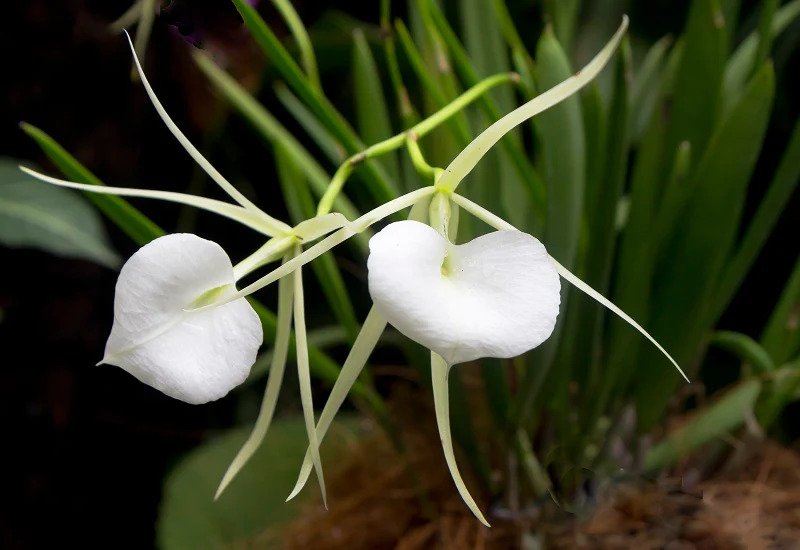
Oncidium (dancing ladies)
Oncidium orchids, also referred to as dancing ladies, are another type of orchid that is readily available to the average consumer, found in shops and garden centres. They usually flower in the autumn and are very easy to grow (perhaps the easiest).
Don’t grow these orchids somewhere overly hot, humid, or sunny as they prefer cooler temperatures.
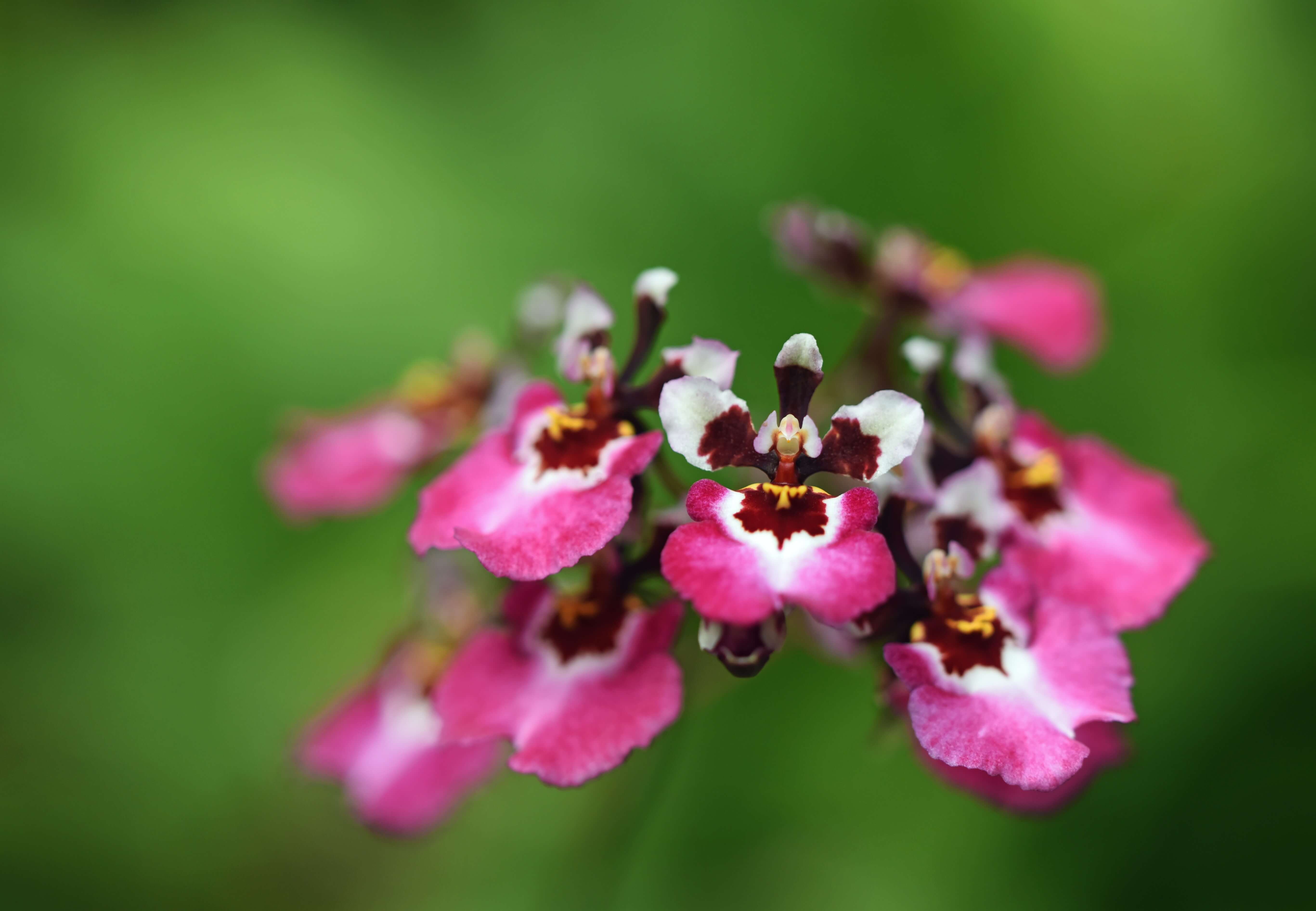
Odontoglossum (butterfly orchids)
The veins and spots on these flowers give them a butterfly appearance, which is why they have been nicknamed ‘butterfly orchids’. These orchids also thrive in cooler temperatures.
Aim to grow your orchids in spaces that have low light levels with cool, airy conditions.
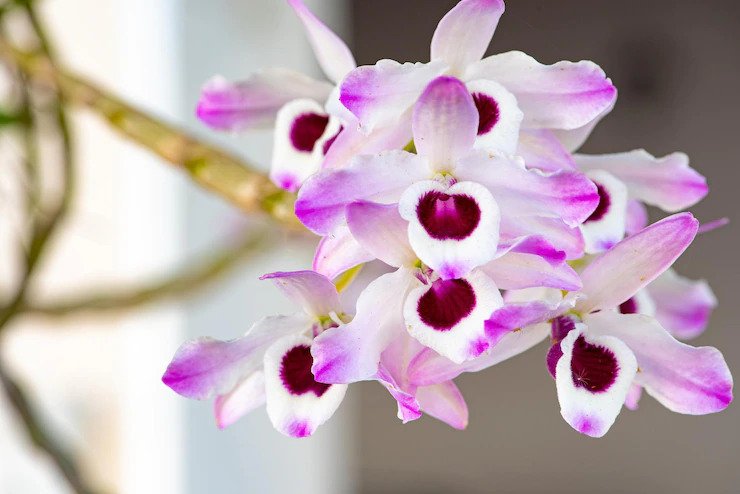
Cymbidium orchids (boat orchids)
These orchids usually have small flowers, especially compared to most other types of orchids. Despite their smaller flowers, they can produce around 30 blooms per spike! These orchids are easy to grow and can be grown either indoors or outdoors.
They like warm temperatures during the day and cooler temperatures at night, so feel free to keep them exposed to sunlight.

Encyclia orchids (cockleshell orchids)
These orchids are known for bearing an octopus-like appearance and are therefore extremely unique-looking. Although these orchids do not bear a nice strong scent, they are able to bloom for several months and are very easy to care for.
These orchids grow best when they are planted on an orchid mount as this resembles how they grow in the wild.
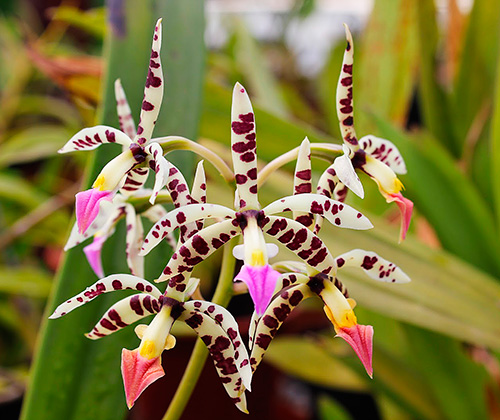
Miltonia orchids (pansy orchids)
These orchids are readily available and can often be found at garden centres. These orchids are compact in appearance and boast large, distinctive flowers.
They prefer cooler temperatures, but can also resist fluctuating temperatures.
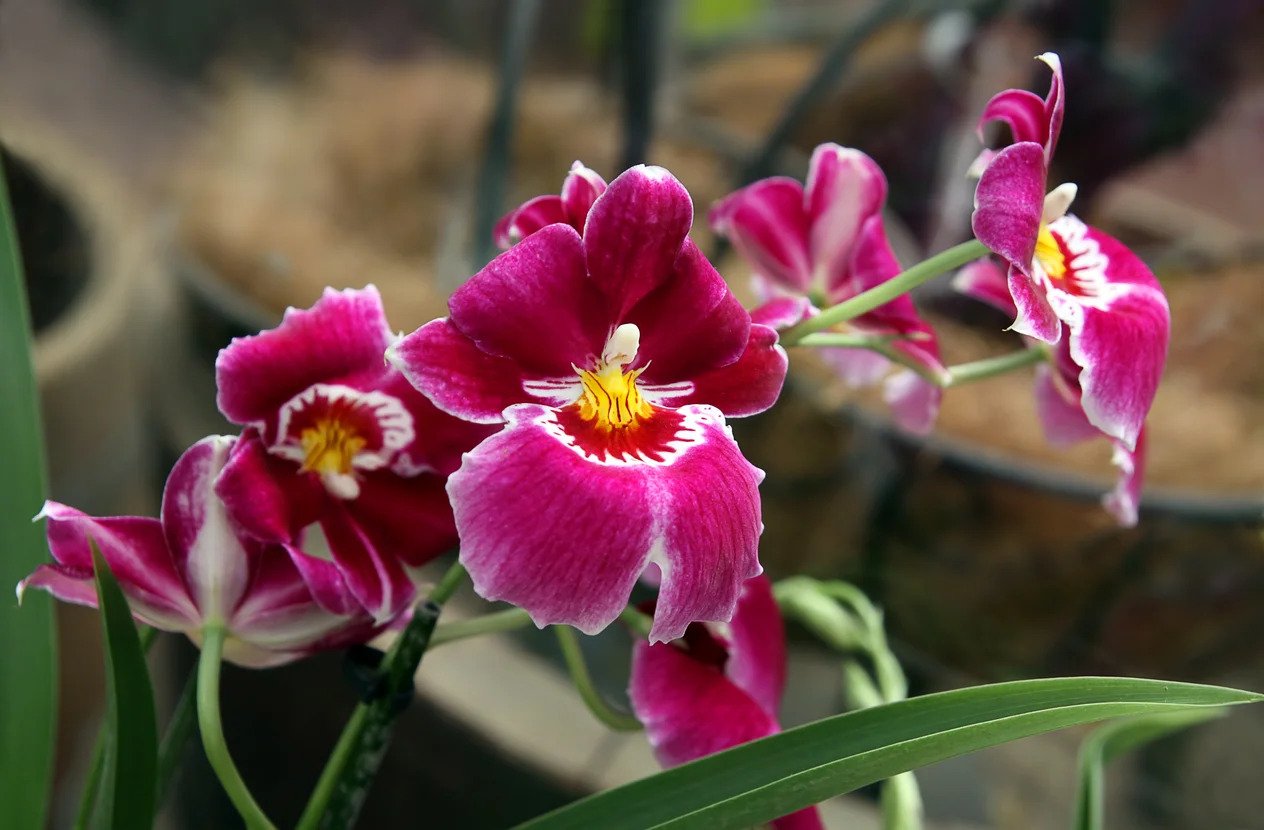
Final Tips on How to Take Care of Your Indoor Orchid Plant
While some people hold the preconception that orchids are difficult to care for, this is ultimately untrue! Just ensure the following conditions for your orchid plant:
- Expose your orchids to bright light;
- Keep the orchids away from direct sunlight as too much light can damage the leaves;
- Avoid overwatering them - While people often think that watering their plants as much as possible is the key to their growth, orchid plant owners must take extra care to not overwater them. A simple tip on how you can assess whether your orchid plants need watering is to check the roots - if they look silvery, this is a sign they need to be watered;
- Keep the orchids in a humid space, like a bathroom or a kitchen, or even place them on some moist pebbles. Humidity is key for the growth of orchids as most indoor orchid plants originate from humid, tropical environments and so, for best results, you must mimic that climate.
While different types of orchids require slightly different modes of care, as long as you avoid excessive sunlight, excessive watering and keep them in a humid environment, your orchids should survive for several weeks.
Interested in Purchasing an Orchid Plant?
An orchid is the perfect choice whether you are looking for a gift for someone special, or simply want to add some more colour and decoration to your home.
Our orchids come in gorgeous reusable pots and can be delivered nationwide. Not only do we excel in quality, but also in value.
Shop Best Selling Flowers

Sale Flowers
Flowers with up to 70% discount!
Shop Now

Birthday Flowers
Celebrate the Big Day!
Shop Now
Best Selling


The Best
THE BEST Introducing 'The Best' bouquet: There's always a meaningful occasion to express apreciation, and what could be more perfect than conveying it through a fresh flower delivery,...


A Parisian Romance
A Parisian Romance Indulge in the enchanting allure of 'A Parisian Romance' – a captivating hand-tied bouquet that combines the timeless beauty of pink and cream blooms. This exquisite...

Cote d'Azur
Cote d'Azur Hydrangeas are a symbol of gratitude, gra








